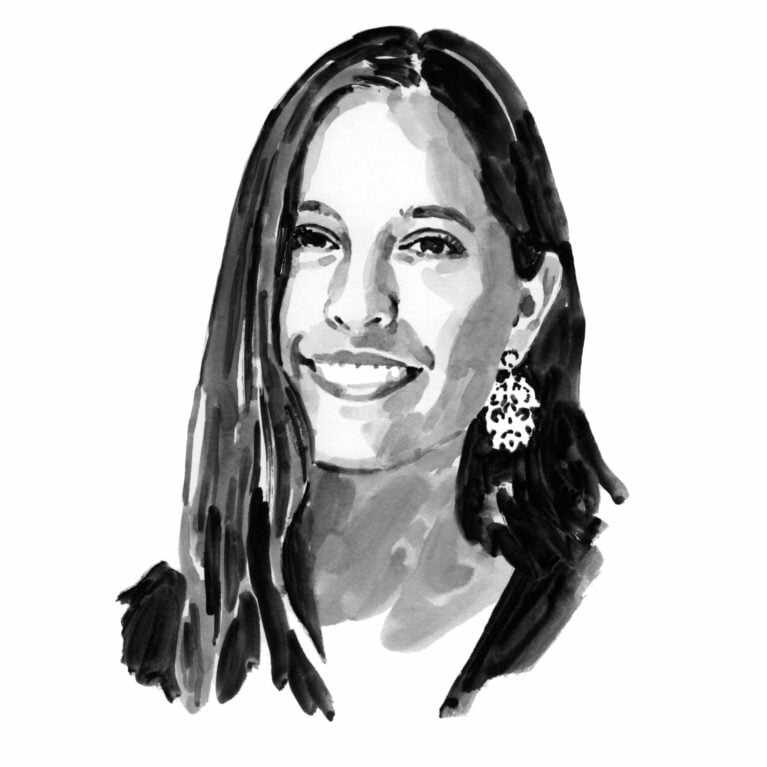Maria Alejandra Herrera

Who I am
My passion for the ocean began at an early age. I remember my parents going on diving trips and as soon as I was big enough to carry the scuba tank I began to learn to dive. I got my licence when I was 12 and, as a good Caleña (born and raised in Cali, Colombia), I did my first dives in the Pacific Ocean. I never thought that it would become a career until I attended a symposium on marine mammals and listened to a presentation about bottlenose dolphins. Until then I had taken part in research on birds and bats, but that presentation was the turning point in my career in biology. I started seeking opportunities to work with marine life and as an undergraduate I was able to help restore coral reefs in the Colombian Pacific, look into herbivory and herbivorous fish at remote islands in the Caribbean and study sharks in unexplored locations in the Seaflower Biosphere Reserve in Colombia. While studying for my Master’s I spent two years tracking the movements of a Critically Endangered shark species in a ‘forgotten’ area of the Colombian Pacific. Connecting with the incredible people and witnessing the impressive biodiversity of the area left a profound impact on me. This experience continues to motivate me to work in my country, especially in areas where few have the chance to work.
Where I work
The Found and Protected project takes place in one of the most biodiverse and unexplored parts of the world: the Colombian Pacific, and specifically in the Uramba Bahía Málaga National Park. The area is filled with life wherever you look: toucans wake you up every morning with their calls, newborn humpback whales jump and splash right in front of the beach and sloths sometimes fall out of the trees. However, not a lot of research is being done here, mainly due to the poverty and historic armed conflict in the area. In the past few years, our team has been working and building great relationships with local fishermen in order to create a conservation programme that benefits both local communities and elasmobranchs. This project is the first management and conservation plan for our target species, the scalloped bonnethead, in the world.
What I do
The work for this project involves multiple parts that will come together for the final goal: protecting the scalloped bonnethead and motivating locals to keep up the conservation effort. However, achieving that is sometimes challenging due to the environmental conditions of one of the rainiest places on earth. On a typical field-work day we sit and wait with our lines in our hands, then sit and wait some more, sometimes in the rain, sometimes under the sun. We sit and hear stories about fishermen seeing the largest ever ‘reported’ tiger sharks. Sometimes we lie down in silence. But then, after a few hours, the moment we’ve been waiting for all day arrives: a scalloped bonnethead takes our bait. Then the scientific operation begins. We bring the gold-coloured hammerhead on board into a saltwater pool in the boat, surgically implant an acoustic tag, measure the shark and determine its sex before releasing it back into the water. Our field trip ends, but the work does not end with it. The other part of the project involves training fishermen to tag sharks externally and release them. Every two weeks, hired local fishermen go out to do science: tagging sharks to collect mark-recapture data that will enable us to estimate the total population number. And then, after at least a year of data collection, the data analysis begins: downloading the receivers to analyse small-scale movements of acoustically tagged sharks and entering the mark-recapture data into models to understand how many sharks we are actually protecting within the newly proposed no-take zone.
